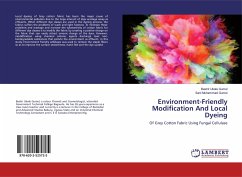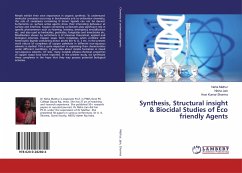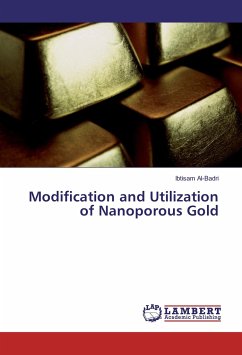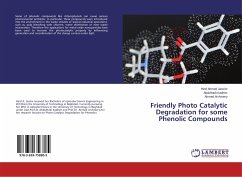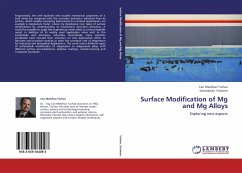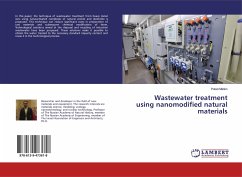Local dyeing of Grey cotton fabric has been the major cause of environmental pollution due to the large amount of dyes wastage away as effluents. When different dye classes are used in the dyeing process, the fabrics suffers the problems of wash and light fastness. To minimize these problems and wastage and increase the substantivity of cotton fabric for different dye classes is to modify the fabric by creating a positive charge on the fabric that can easily attract onionic charge of the dyes. However, modidfication using chemical cationic agents discharge toxic non-biodegradable substances that pollute the environment as effluent. In this study, Environment friendly cellulases was used to remove the staple fibers so as to improve the surface smoothness, hand feel and the dye uptake
Bitte wählen Sie Ihr Anliegen aus.
Rechnungen
Retourenschein anfordern
Bestellstatus
Storno

